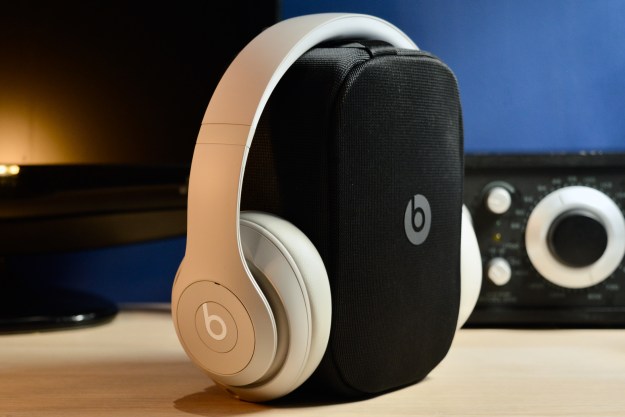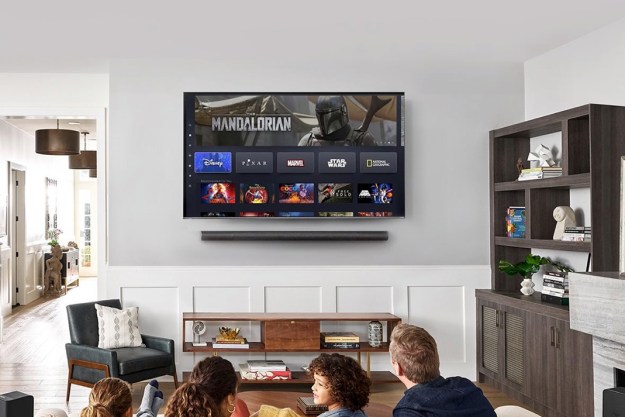
Covered by BBC News today, the head of BBC 3D, Kim Shillinglaw, has announced that production of all 3D television content will halt after the November 2013 airing of the 50th anniversary episode of Doctor Who. According to Shillinglaw, BBC will take a three year break from producing 3D television shows in order to see if the technology gains greater acceptance among the UK viewing public. The BBC began a trial of 3D programming during early 2011 and broadcast 3D content such as 2012’s Olympic Games and the Wimbledon finals as well as a celebrity dancing show called Strictly Come Dancing and documentary Walking with Dinosaurs.

While half of an estimated 1.5 million 3DTV households in the UK watched the opening ceremonies of the Olympic games in 3D, the performance of other 3D content has been minuscule by comparison. Regarding starting 3D production again, Shillinglaw went on to say “We will see what happens when the recession ends and there may be more take up of sets, but I think the BBC will be having a wait and see.“
Just last month, ESPN announced a more definitive demise for the ESPN 3D channel. At the end of 2013, ESPN 3D will stop broadcasting due to low demand among U.S. consumers. According to a study cited by BBC News, there’s no more than 120,000 U.S. consumers watching 3D content at any given time.
Editors' Recommendations
- You Asked: 3D VR, QDEL technology, and TV size vs. quality
- Samsung, Google are attacking Dolby Atmos’ monopoly on 3D sound, and it’s going to get ugly
- What is MPEG-H? The burgeoning 3D audio standard explained
- Why didn’t 3D movies and TV ever catch on?
- Look out! 3D TVs could be poised to make a surprising comeback


